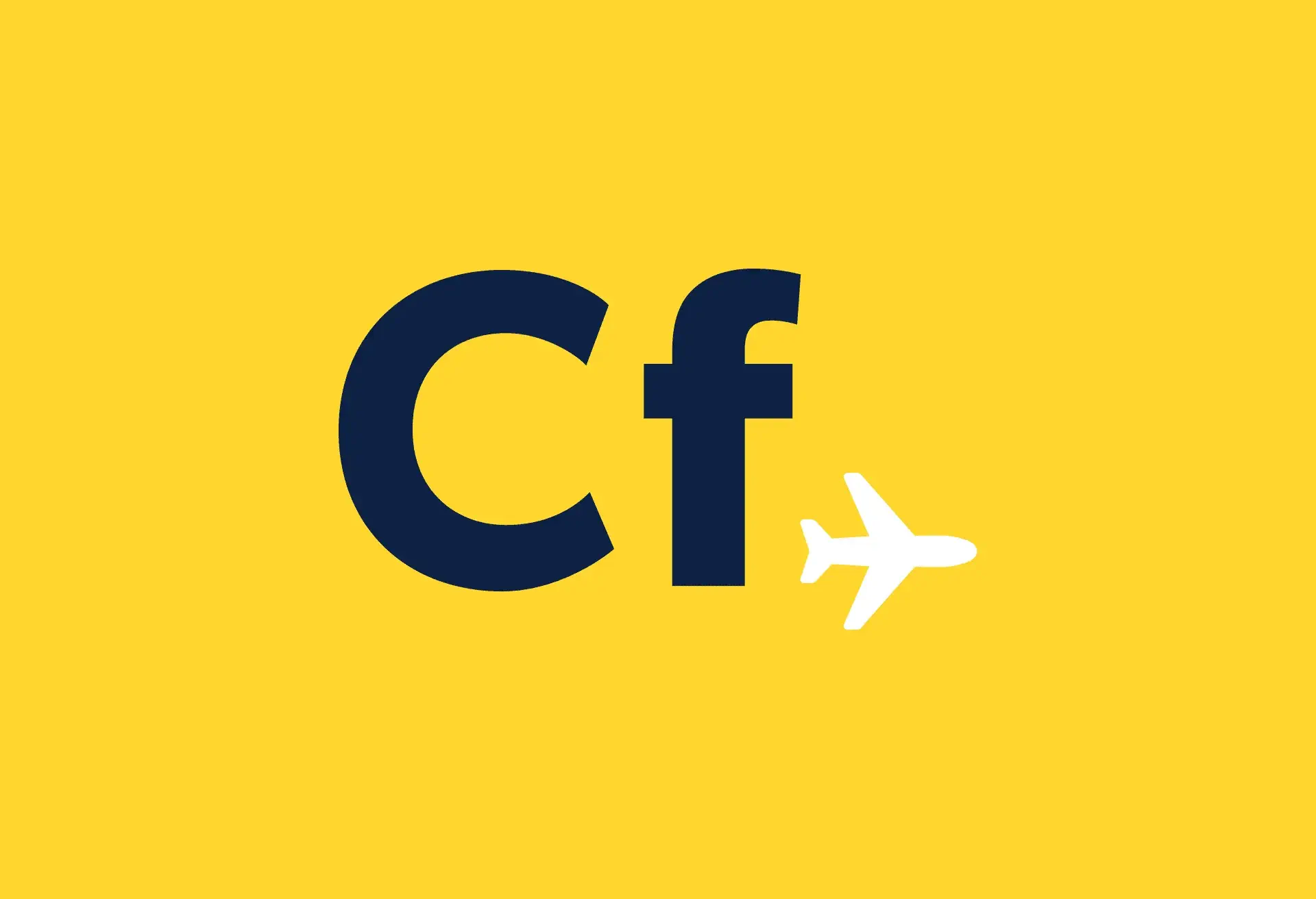With world-famous alpine ski resorts like Kitzbühel, Ischgl and St. Anton, many unsurprisingly see Austria’s Tirol as just a mountain-sport destination.
But there’s a lot more to the region than skiing and snowboarding in winter, and walking and mountain biking in the summer. Here’s a rundown of the Tirol’s top 10 off-mountain tourist attractions.
Swarovski Kristallwelten
Wattens, near Innsbruck
Admission:
- €11 adults ($14,65)
- younger than 15 attend free
Daniel Swarovski set up his crystal cutting and polishing business in Wattens way back in 1895. Today, Swarovski is internationally known for high-end jewelery, fashion and design. Its crystal worlds (Kristallwelten) attraction in Wattens has 14 underground chambers filled with modern art installations, each with a different take on the beauty (and, dare we say, opulence) of crystal. The giant head entrance is somewhat of an insight into the eccentricity that lies within.
Alpenzoo
Innsbruck
Admission:
- €9 adults ($12)
- €4,50 children ($6)
- younger than three attend free
Alpenzoo is the highest zoo in Europe. Take the Hungerburgbahn funicular up to the Alpenzoo Station for great views of Innsbruck. The zoo’s 2,000 furry and not-so-furry residents span 150 species. The collection places a particular emphasis on the animal world of the Alps.
Admission:
- €11 adults ($14.65)
- €6,50 children ($8.70)
- younger than five attend free
Built in the 13th century under Bavarian rule, Kufstein first became part of Tirol in 1342. The next 500 years saw many battles for its control. It returned to Tirol rule, for the last time, in 1814. Check out the Kaiserturm tower, which served as a state prison, the 200-foot deep “Deep Well” and the underground rock-cut passage.
Bergisel Ski Jump Stadium
Innsbruck
Admission:
- €9 adults ($12)
- €4 children ($5.30)
- younger than six attend free
Towering above the city of Innsbruck, the Olympic Ski Jump on Bergisel was used in the 1964 and 1976 Olympics. The view down to Innsbruck from the jumping platform is breathtaking, in more ways than one.
The Tirol Panorama with Kaiserjägermuseum
Bergisel Innsbruck
Admission:
- Adults from €7 ($9.30)
Opened in 1880, the original museum of the Tirolean Imperial Infantry (Kaiserjäger) sits on the site of the famous battle in 1809, where local hero Andreas Hofer and Tirolean freedom fighters defeated French and Bavarian troops fighting for Napoleon. A gigantic 10,760-square-foot panorama painting, depicting the battle for freedom, is located in a new building next door. The museum also has fantastic views over Innsbruck and the Nordkette mountain chain.
Hofkirche (Court Church)
Innsbruck
Admission:
- Free
Built in Gothic style in 1555, the Hofkirche (Court Church) serves as a memorial to Emperor Maximilian I, who was a major world power in his time. Taking more than 80 years to complete, the ornate white marble cenotaph is surrounded by 28 larger-than-life bronze statues of Maximilian’s ancestors, relatives and heroes. The Hofkirche is located in Innsbruck’s Old Town, a few steps away from the city’s most recognizable landmark – the Golden Roof.
Hofburg (Imperial Residence)
Innsbruck
Admission:
- €8 adults ($10.70)
- younger than 19 attend free
Along with the Schönbrunn Palace and the Hofburg in Vienna, the Hofburg (Imperial Palace) in Innsbruck is one of Austria’s three most important historical buildings. Once a favorite residence of the Habsburgs, the Hofburg now comprises five themed museum exhibitions that detail the political and cultural history of the former imperial residence.
Schloss Ambras (Castle Ambras)
Innsbruck
Admission:
- €10 adults ($13.30)
- younger than 19 attend free
Perched dramatically above Innsbruck, Ambras Castle was originally a fortress of the Counts of Andechs 1,000 years ago. It was under the rule of Archduke Ferdinand II from 1564, that the castle was transformed into the palace of today. He commissioned the splendid Spanish Hall, one of the finest examples of German Renaissance interiors in the world.
Silberbergwerk (Silver Mine)
Schwaz
Admission:
- €16 adults ($21.30)
- €8 children ($10.70)
- younger than five attend free
In the Middle Ages, the town of Schwaz was the mining center of Europe, providing more than 85 percent of the world’s silver production. With more than 10,000 miners searching for silver and copper, Tirol became one of the richest states in Europe. Here you can delve more than 2,600 feet underground and gain a fascinating insight into what it was like to mine silver.
Stadtturm Innsbruck (City Tower)
Innsbruck
Admission:
- €3 adults ($4)
- €1,50 children ($2)
Innsbruck’s City Tower was built in 1450. Its 148 spiral steps lead to a viewing platform where you get a great 360-degree view of the Innsbruck’s historic rooftops, spires and the mountains that surround the city.
(Main image: Alex Holzknecht)
All other images courtesy of Visit Tyrol.
Written by insider city guide series Hg2 | A Hedonist’s guide to…


